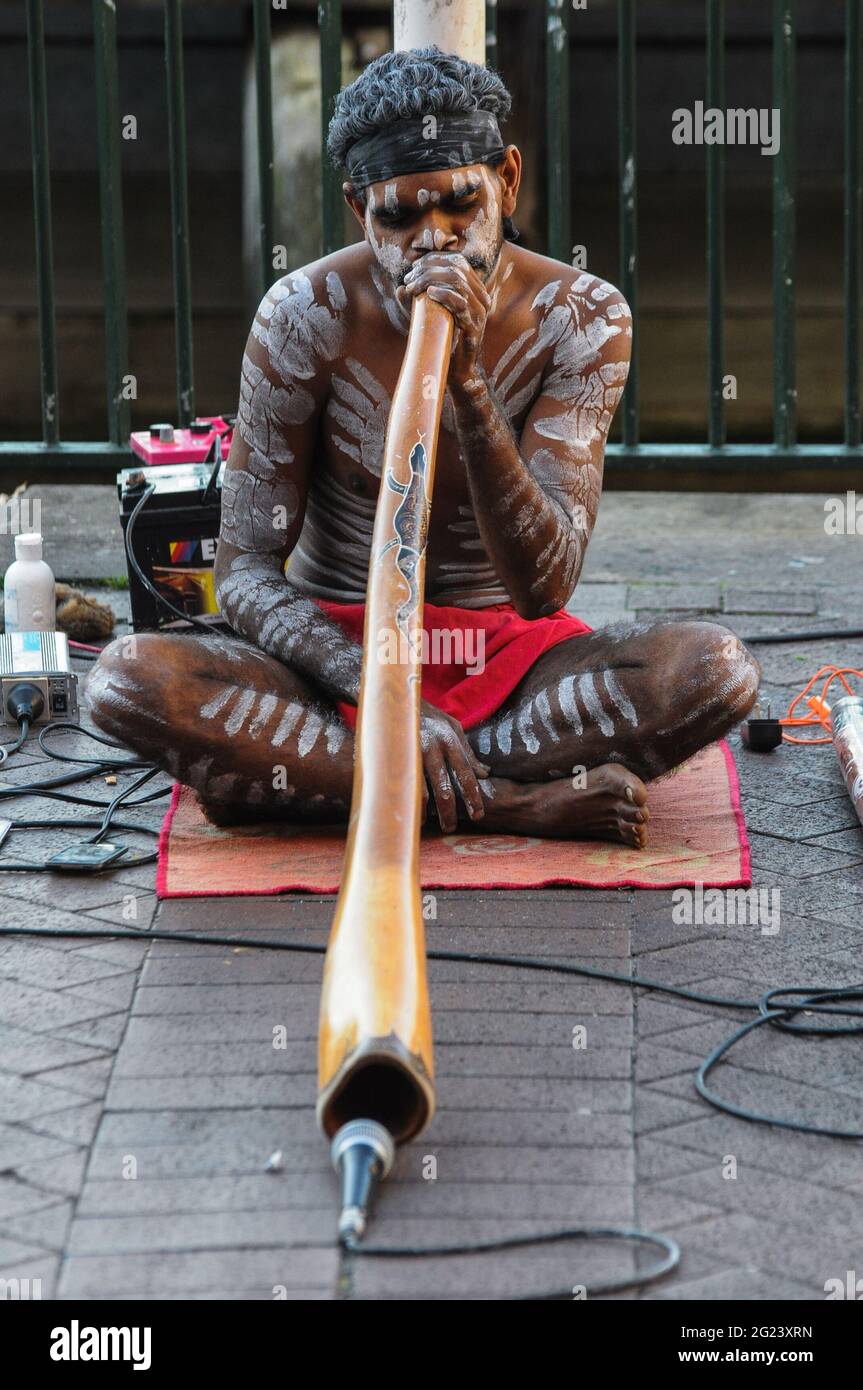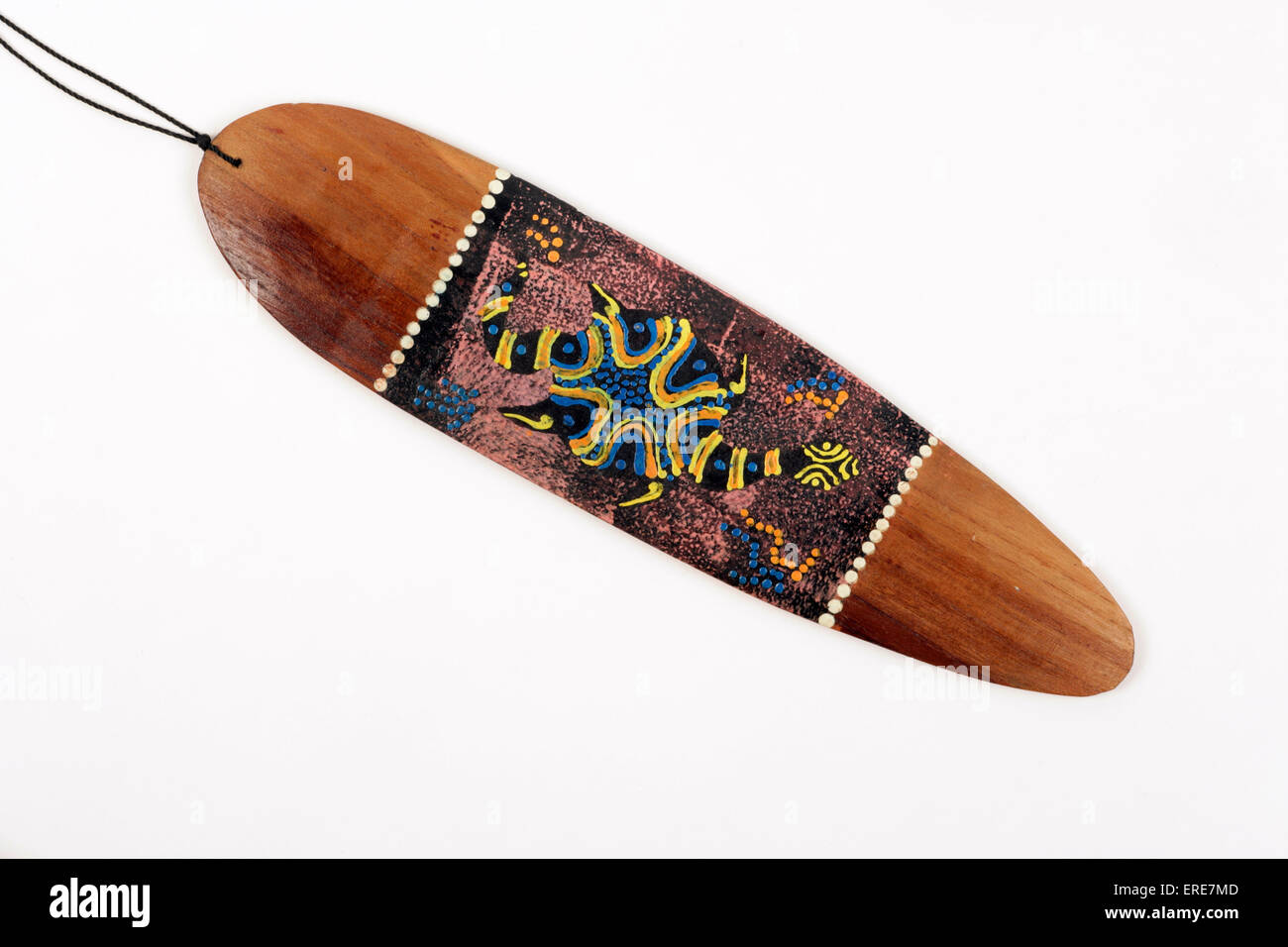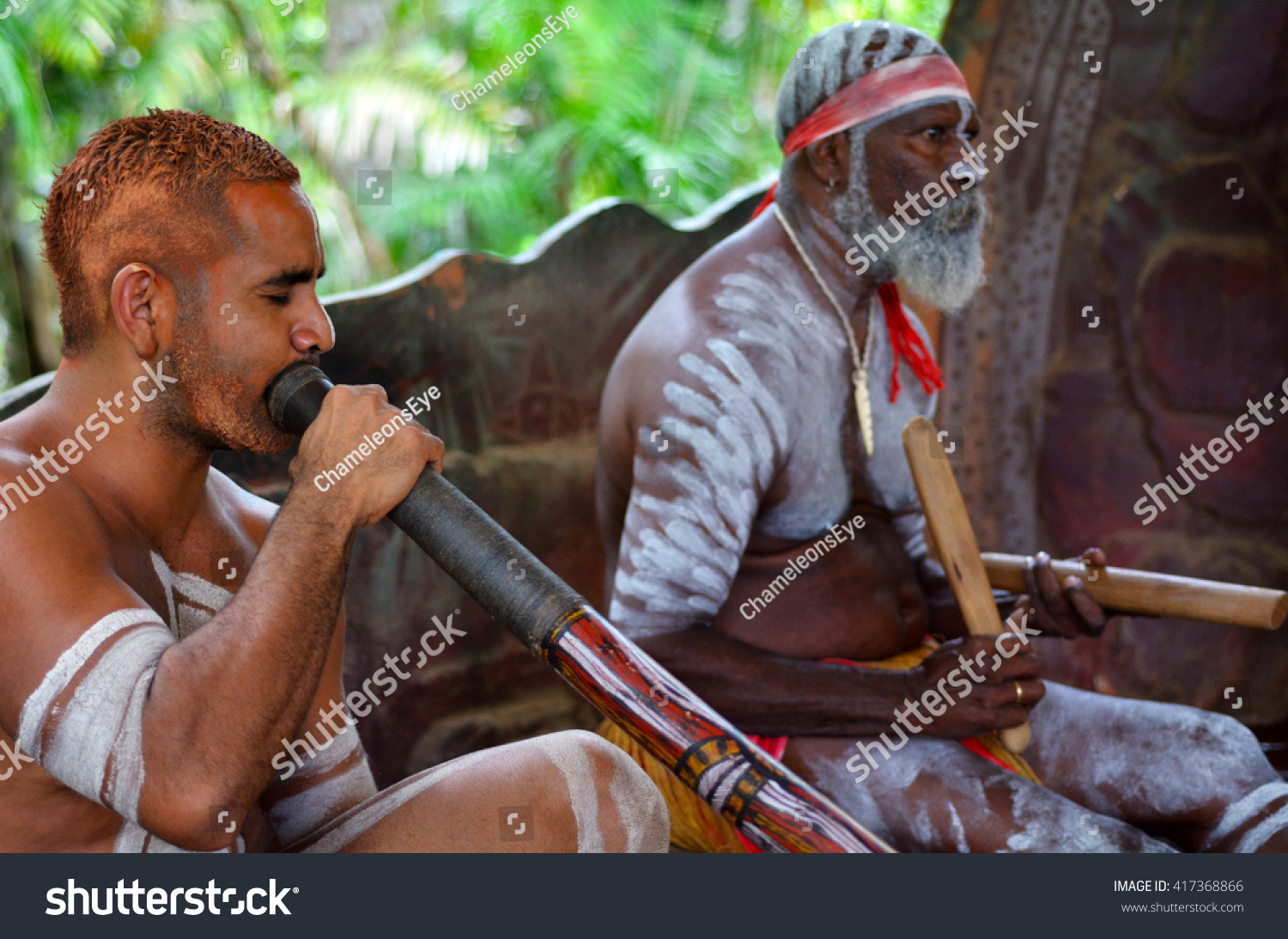Unveiling the Soul of Australia: A Journey into the World of Aboriginal Instruments
Unveiling the Soul of Australia: A Journey into the World of Aboriginal Instruments

The Australian landscape is a tapestry woven with ancient stories, vibrant culture, and a rich musical heritage. At the heart of this heritage lie the instruments of the Aboriginal people, artifacts that embody the spirit of the land, the whispers of the ancestors, and the rhythm of life itself.
A Symphony of Nature:
Related Articles: Unveiling the Soul of Australia: A Journey into the World of Aboriginal Instruments
- The Allure Of The Blue Stripes: Unveiling The Secrets Of Australian Stingless Bees
- The Stolen Generation: A Legacy Of Trauma And Resilience
- The Dreamtime: How Aboriginal Australians Believe Their Ancestors Shaped The World
- Walking In The Footsteps Of The Ancestors: Connecting With Land, Dreamtime, And Aboriginal Spirituality
- A Taste Of The Outback: Exploring The Delicious Diversity Of Native Australian Fruits
Aboriginal instruments are not mere tools for making music; they are extensions of the land itself. Crafted from natural materials like wood, stone, shells, and animal skins, these instruments resonate with the very essence of the Australian environment.
Didgeridoo: The Voice of the Earth
The didgeridoo, a long, hollowed-out eucalyptus log, is arguably the most iconic Aboriginal instrument. Its haunting, resonant sound, produced by buzzing the lips against the mouthpiece, mimics the calls of native birds and the wind whistling through the bush.
The didgeridoo is more than just a musical instrument. It holds spiritual significance, representing the connection between the physical world and the spirit world. It is used in ceremonies, healing rituals, and storytelling, its sound weaving tales of creation, ancestral journeys, and the interconnectedness of all living things.
Beyond the Didgeridoo: A Diverse Instrumental Landscape
While the didgeridoo is perhaps the most well-known, it is just one piece in the vast and diverse tapestry of Aboriginal instruments. From the rhythmic clapping sticks to the haunting sounds of the bullroarer, each instrument tells a unique story, reflecting the cultural diversity of the Aboriginal people.
Clapping Sticks:
These simple, yet powerful instruments, carved from wood, are used to create a rhythmic beat that accompanies songs, dances, and storytelling. The clapping sticks are often used in pairs, with the rhythm and tempo varying depending on the context.

Bullroarer:
This unique instrument, made from a flat piece of wood attached to a string, produces a distinctive, booming sound when swung through the air. The bullroarer is often used in ceremonies and rituals, its sound representing the voice of the ancestors, the wind, or even the thunder.
Yidaki (Didgeridoo): The Voice of the Earth
The Yidaki, also known as the didgeridoo, is a long, wooden tube that is played by buzzing the lips against the mouthpiece. It produces a deep, resonant sound that can be used to create a variety of musical effects. The Yidaki is an important part of Aboriginal culture and is used in ceremonies, rituals, and storytelling.
Kulindil (Clapsticks): The Rhythm of Life

The Kulindil, or clapsticks, are two pieces of wood that are struck together to create a rhythmic sound. They are often used in pairs, with the rhythm and tempo varying depending on the context. The Kulindil is used in a variety of settings, including ceremonies, rituals, and dances.
Womera (Spear Thrower): The Power of the Hunter
The Womera is a wooden tool that is used to throw spears with greater accuracy and distance. It is also used as a musical instrument, with the wooden stick being struck against the ground to create a rhythmic sound. The Womera is an important part of Aboriginal hunting culture and is used in ceremonies and rituals.
Musical Storytelling:
Aboriginal music is not merely a collection of sounds; it is a language. Each instrument, each rhythm, each melody tells a story, preserving ancient knowledge, traditions, and beliefs. These stories are passed down through generations, ensuring that the cultural legacy of the Aboriginal people lives on.

The Spirit of the Land:
The instruments of the Aboriginal people are not just objects; they are embodiments of the spirit of the land. They reflect the interconnectedness of all living things, the wisdom of the ancestors, and the enduring power of cultural traditions.
Preserving the Legacy:
In an increasingly globalized world, it is vital to preserve the cultural heritage of the Aboriginal people. This includes safeguarding their traditional instruments, their musical traditions, and their stories.
Learning from the Past:
By engaging with the music and instruments of the Aboriginal people, we can gain a deeper understanding of their culture, their history, and their connection to the land. This understanding can help us to appreciate the richness and diversity of Australian culture and to build bridges between different communities.
A Journey of Discovery:
Exploring the world of Aboriginal instruments is a journey of discovery, a journey into the heart of Australia’s ancient soul. It is a journey that can enrich our understanding of the world and inspire us to connect with the beauty and wisdom of the past.
FAQs about Aboriginal Instruments:
Q: What are some of the most common Aboriginal instruments?
A: Some of the most common Aboriginal instruments include the didgeridoo, clapping sticks, bullroarer, and the womera.
Q: What are Aboriginal instruments made of?
A: Aboriginal instruments are typically made from natural materials such as wood, stone, shells, and animal skins.
Q: What is the significance of Aboriginal instruments in their culture?
A: Aboriginal instruments are an integral part of their culture, used in ceremonies, rituals, storytelling, and healing practices. They represent the connection between the physical world and the spirit world, and they embody the wisdom and traditions of their ancestors.
Q: How can I learn more about Aboriginal instruments?
A: You can learn more about Aboriginal instruments by visiting museums, attending cultural events, or reading books and articles on the subject. You can also connect with Aboriginal communities and learn from their elders and knowledge holders.
Q: How can I support the preservation of Aboriginal instruments and their cultural heritage?
A: You can support the preservation of Aboriginal instruments and their cultural heritage by attending performances and events, donating to organizations that support Aboriginal culture, and educating yourself and others about the importance of their traditions.
Conclusion:
The instruments of the Aboriginal people are a testament to the enduring power of culture, the beauty of the natural world, and the interconnectedness of all living things. By exploring their music and understanding their significance, we can gain a deeper appreciation for the rich and diverse tapestry of Australian culture.

Closure
Thus, we hope this article has provided valuable insights into Unveiling the Soul of Australia: A Journey into the World of Aboriginal Instruments. We appreciate your attention to our article. See you in our next article!